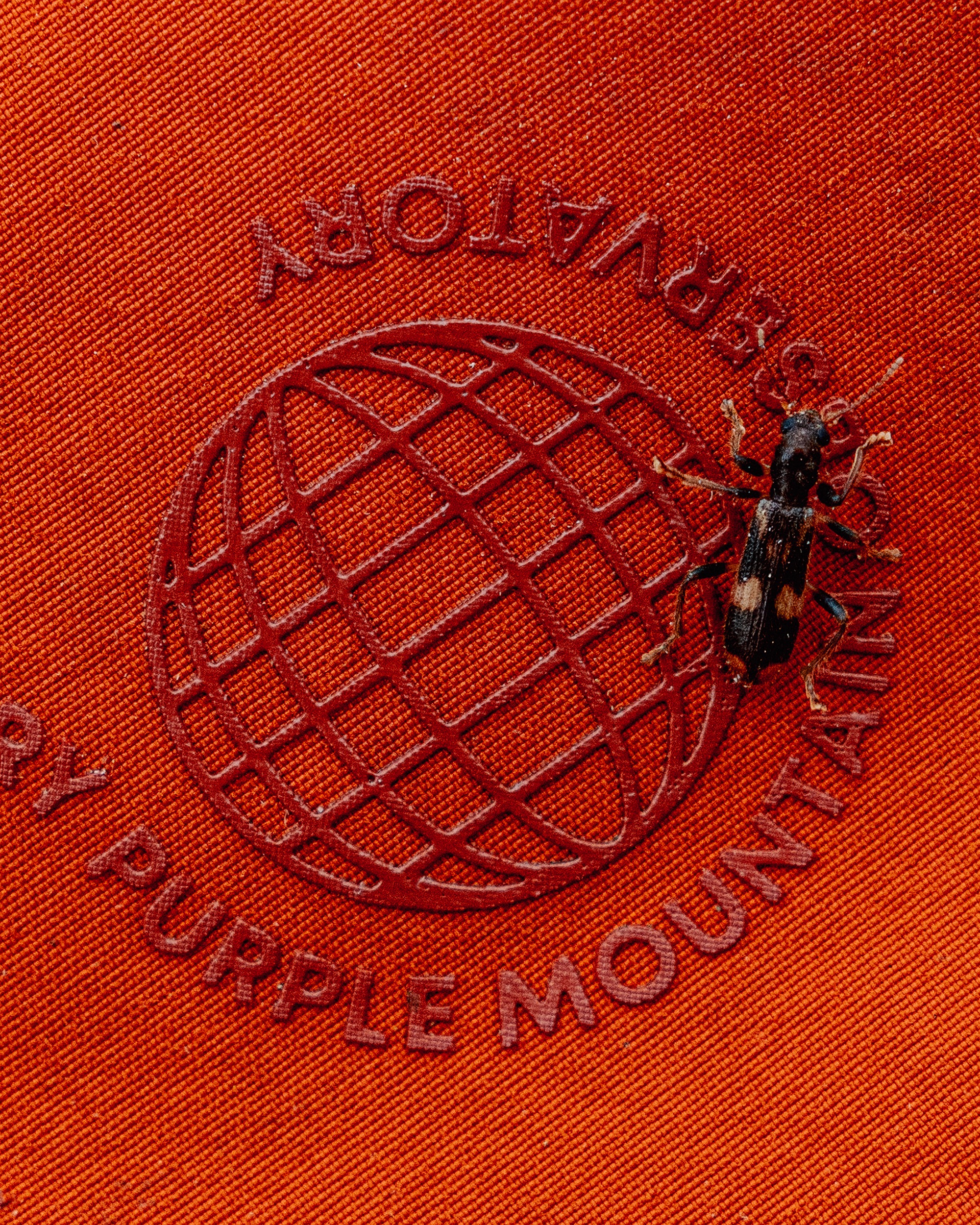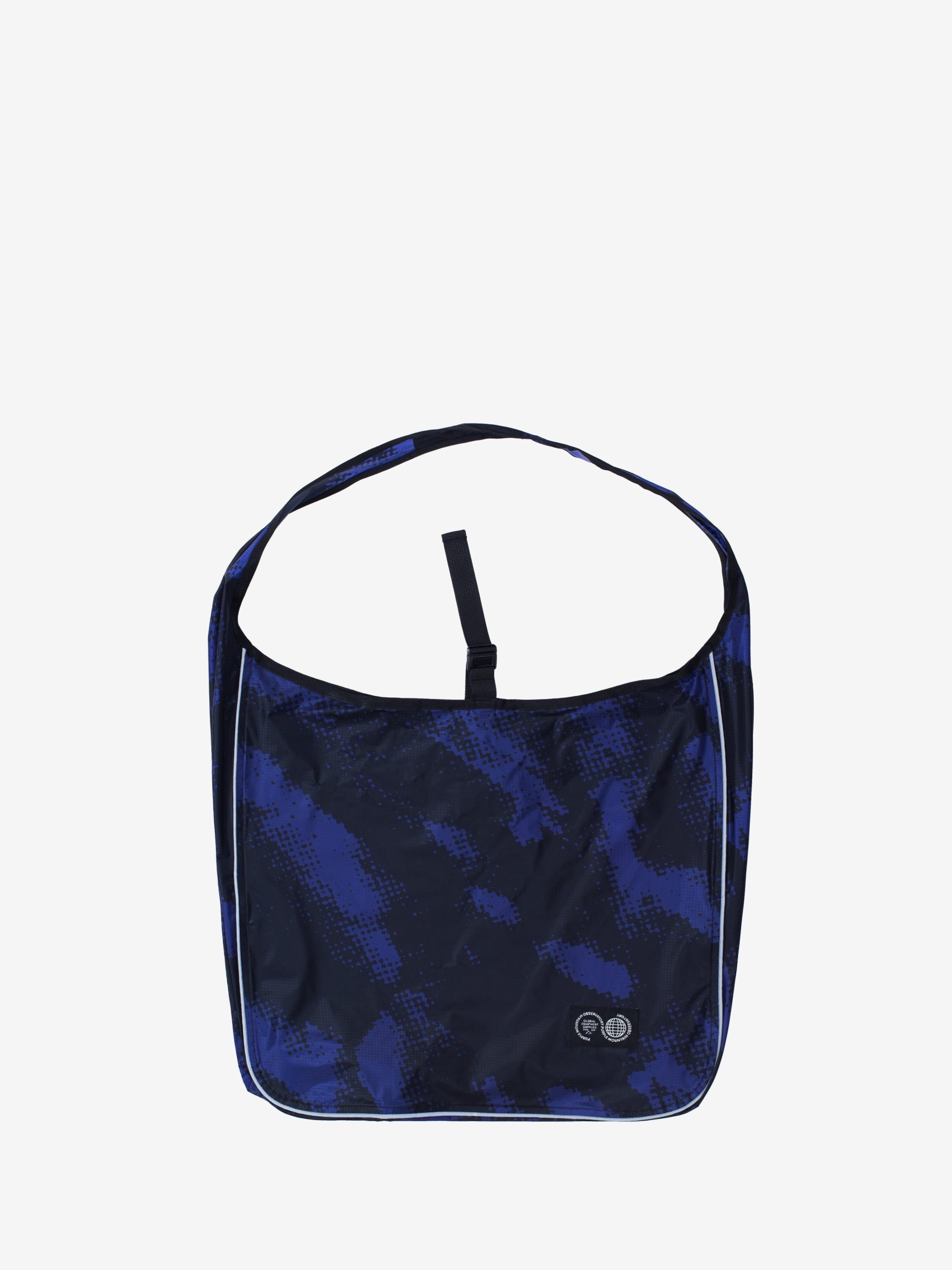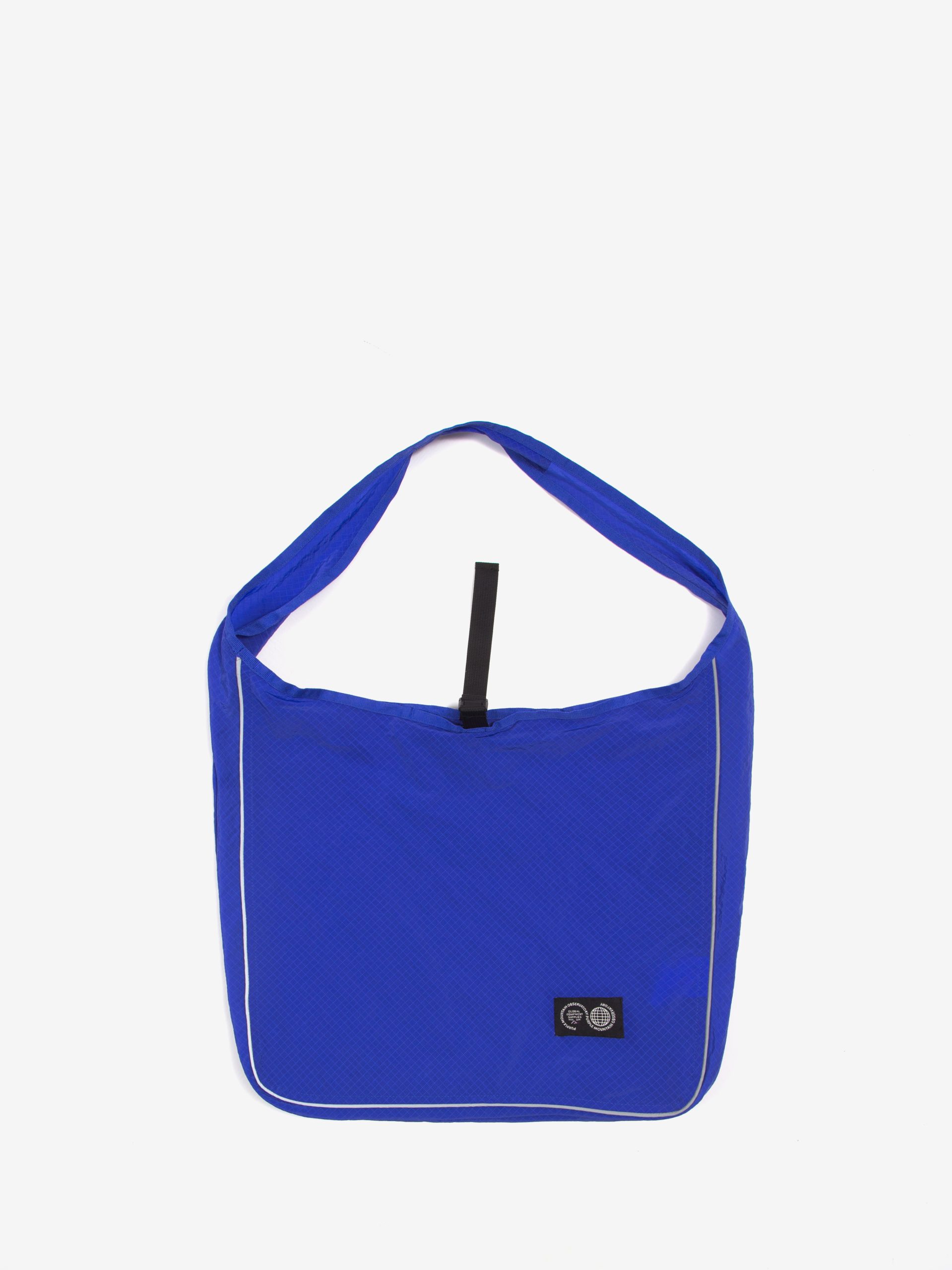Technical Fabrics – A PMO Guide to Aftercare
Here at PMO every piece we create is built to perform. From waterproof outer shells to insulated puffers, our garments are made using technical fabrics that respond to the elements. But performance isn’t just built into the design – it’s maintained through care. And we’d like our jackets to stay that way.
Whether you’re washing your Waves Vest after a winter hike or refreshing your 3L Shell for the next downpour, here’s everything you need to know about how to care for technical fabrics the right way.

Why Technical Fabrics Need Special Care
Technical fabrics are made to do more. They wick, insulate, repel water, and regulate heat. But over time, dirt, sweat, and improper washing can break down those properties.
When we design the ultimate jacket that stops this, trust us, you’ll be the first to know.
Neglecting care doesn’t just make your jacket look tired – it can reduce waterproofing, breathability, and even shorten the garment’s lifespan. Regular, thoughtful maintenance keeps your gear looking sharp and performing as intended.
Step-by-Step: How to Wash Technical Outerwear
1. Check the Label – Always!
Every PMO product comes with a care label for a reason. It tells you the limits – max temperature, whether you can tumble dry, and what to avoid. Stick to it.
For example:
- 3L Summer Shell – Wash at 30°C, do not use fabric softener, and reproof after several washes.
- Waves Vest – Cold wash with technical detergent, low spin, tumble dry on low with dryer balls to maintain loft.
2. Use a Technical Detergent
Avoid conventional laundry detergents. They often contain enzymes and softeners that clog membrane pores and strip DWR (Durable Water Repellent) coatings.
We recommend using a non-bio technical cleaner like Nikwax Tech Wash or Grangers Performance Wash – these maintain the performance properties of your gear without damaging the fabric.
3. Wash Sparingly, But When Needed
Don’t overwash. Instead, wash when visibly dirty, when breathability feels compromised, or when the garment no longer repels water.
- A shell that wets out in light rain? Time for a clean and reproof.
- A midlayer smelling musty or losing loft? Wash and tumble dry on low to reactivate the fill.
How to Reproof a Waterproof Jacket
Over time, even the most water-repellent shells need help. If your jacket stops beading water, it’s time to reproof.
- Clean the garment first using a technical detergent.(Follow their instructions carefully)
- Apply a DWR treatment – either in-wash or spray-on.
- Heat activate by tumble drying on low, or using a warm iron (if permitted).
For our 3L Summer Shell, a reproof every 6-12 months (depending on use) keeps the fabric’s texture dry and functional.

Caring for Your Wax Jacket:
Our Halley Stevensons range is crafted from weatherproof waxed cotton – a fabric that ages with character and purpose. Unlike synthetic waterproofs that rely on membranes, this material is shielded by a wax layer that requires occasional reproofing to stay weather-ready.
1. Clean Gently – No Washing Machines
Never machine wash, dry clean, or tumble dry a waxed jacket. Instead, use cold water and a sponge to wipe off dirt. For tough grime, a soft-bristled brush works well. Let it air dry naturally – never near direct heat.
2. Rewax When Needed
When your jacket starts to look dry or patchy – particularly around seams and folds – it’s time to rewax. This usually needs doing once a year, depending on wear. We’d recommend viewing the page for the specific fabric in relation to your Halley Stevensons Jacket.
How to Rewax:
- Use a tin of reproofing wax (we recommend Halley Stevensons wax).
- Warm the wax until soft (a bowl of hot water works well).
- Apply evenly using a clean cloth or sponge.
- Pay special attention to seams and high-friction areas.
- Use a hairdryer to help the wax absorb into the fabric.
- Let it hang overnight in a warm, dry place.
3. Store It Right
Hang your waxed jacket in a cool, dry space. Don’t fold or compress it for long periods – that can lead to creasing and wax displacement.
Waxed garments are meant to live with you. They gather marks, softening over time, and developing a patina that reflects where you’ve been. With proper care, your Cygnus Jacket becomes a lifelong companion.
Storing Your Gear – The Forgotten Step
- Avoid cramming jackets into stuff sacks or wardrobes for long periods.
- Hang them in a cool, dry place – ideally with some airflow.
- Never store while damp – this damages the membrane and causes odours.
For example, Hang your Stinger Jacket flat after use to preserve its shape and keep the seam taping intact.

PMO’s Approach to Durability
We design with longevity in mind – and that goes beyond hardware and stitching. Our use of new-gen textiles means your gear is engineered for repeated use, repair, and regeneration.
Looking after it isn’t just maintenance – it’s part of the product experience. A properly cleaned and maintained PMO jacket performs better, feels better, and lasts longer. That’s better for you, and better for the environment.
We’re always here so any issues all concerns just reach out to the team via our Instagram or Email.















